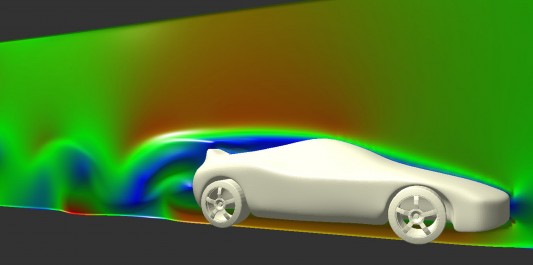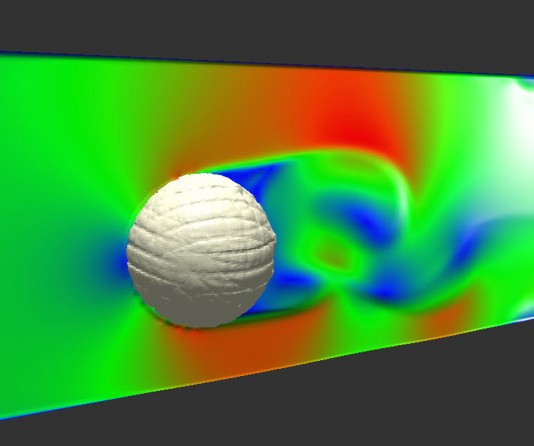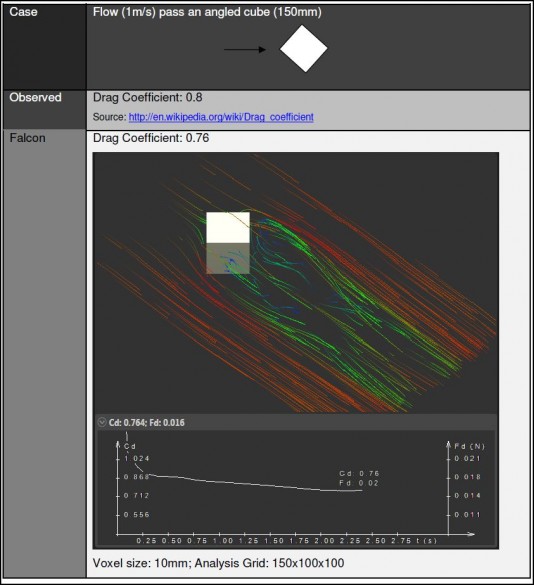Autodesk is exploring a new simulation meshing technology for real time results, by trying it out inside industrial design.
For a limited time Autodesk Labs is offering the users of its Alias industrial design products the chance to use a new wind tunnel simulator. Project Falcon gives Alias designers the chance to investigate aerodynamic performance at any stage. Simulation results are available in seconds with no specialist knowledge required. The result is a positive feedback loop providing data never before available this early in the design process.

The current version of Project Falcon is scheduled to end on November 9, 2011, but technical marketing manager Luke Mihelcic says the date may be extended. Putting time limits on test software is common at Autodesk Labs; some preview technologies go through several releases on Labs before finding their way into one or more commercial products.
This first version of Project Falcon exclusively simulates external air flow; there is no thermal analysis. The object being studied could be a car body, a device on a roof, an entire building, or anything else where the designer wants an early idea of how the object will work in wind.

“We are pushing simulation really forward,” says Mihelcic. Autodesk simulation tools have been traditionally connected to various CAD products from itself and other vendors, especially because of recent acquisitions [Moldflow, Algor, Blue Ridge Numerics]. “The idea here is upfront simulation. This is new, way early on in the process, so when design gets to CAD some of the decisions have already been made.”
Project Falcon can only run on Alias Automotive 2012, Alias Surface 2012, and Alias Design 2012. When the simulator is launched, it immediately processes the active design, no user input required. It throws a wind tunnel box around the object. The user can then adjust air speed, do particle traces, slice through the object, or perform other tests. The results continue to display in real time.






